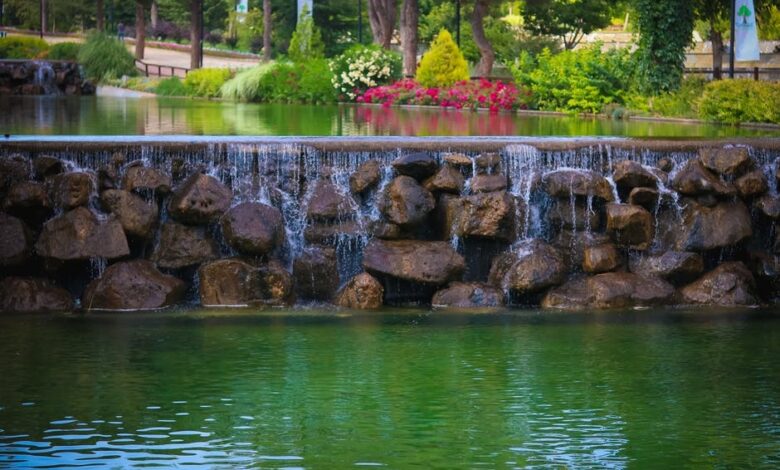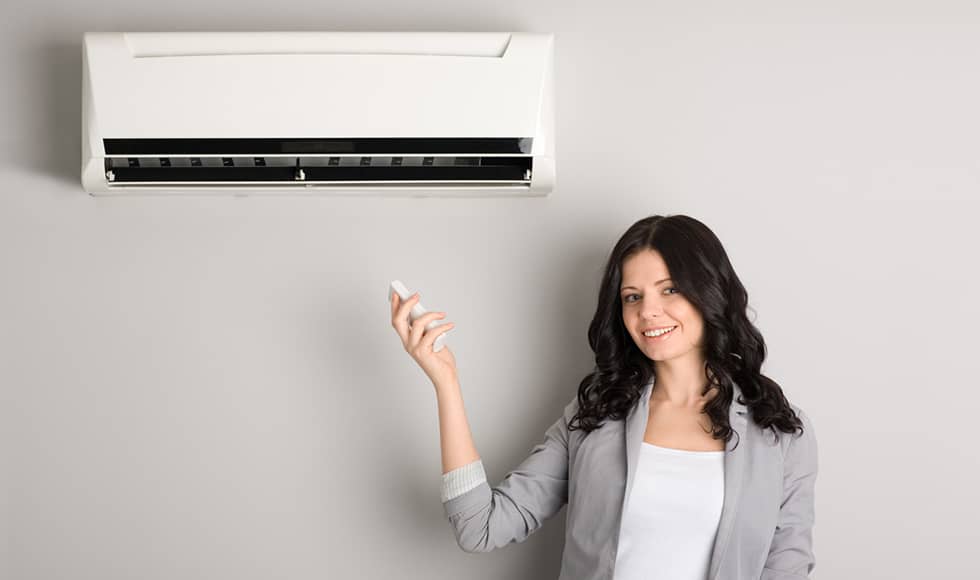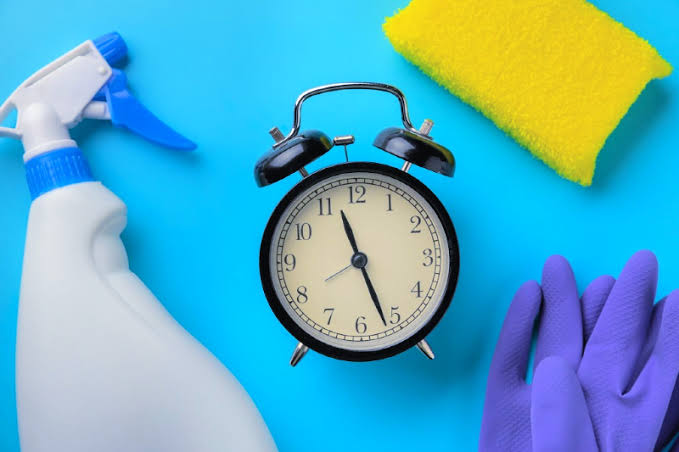4 Splashingly Good Benefits of Pond Aeration Systems

Most people don’t really keep an eye on their oxygen intake unless they’re dealing with a disorder or taking care of marine life.
Therefore, if you’re a new homeowner with a pond, getting to learn all about pond aeration systems and why they’re so important is a natural step forward in having a better-looking water body and a much happier aquatic life.
However, no worries if you have no idea about desertification or even why it matters to ensure an even amount of oxygen distribution in your waterbody. You’ve come to the right place.
Keep on reading for our full breakdown of all things pond aeration. We’ll start with the basics. Then, we’ll highlight the key four benefits you’ll get from having the right aeration system on hand.
What Is Pond Aeration?
In the simplest of terms, aeration is the process of introducing oxygen to a body of water by any means possible. Aside from planting aquatic plants that naturally release oxygen into the water surrounding them, such as a Black Princess water lily, the most popular method of pond aeration is the basic fountain.
The water from the fountain splits into droplets as it rises into the air. As a result, the surface area revealed to the air rises, enabling more oxygen to enter each drop. When these droplets return to the main body of water, they carry their oxygen burden with them, boosting the pond’s total oxygen level.
The Benefits of Pond Aeration Systems
Unfortunately, aeration isn’t a panacea for all of the issues that may arise in a lake or pond. People can abuse it, and when it is, it will not solve the issues but instead exacerbate them. It is critical to have a professional evaluate the situation and assist when necessary. When utilized correctly, aeration may benefit and enhance the water and environment.
Now, let’s discover the many perks of setting up a pond aeration system.
- Achieving Destratification
Natural resource and environmental managers may face stratification, which may be troublesome.
When a lake is stratified, it is divided into strata with varying temperatures. An aeration system circulates the water, ensuring that there are no isolated strata with varying temperatures. Air injection and mechanical mixing are two common destratification methods.
- Better Water Quality
The water quality degrades in ponds with stagnant water and inadequate oxygen. Although we don’t think of pond water as toxic, it may include dissolved gases like carbon dioxide, methane, and hydrogen sulfide.
Aeration aids in releasing these gases in the same manner that it aids in the uptake of oxygen; greater surface area equals more room for gases to exchange with outside air.
Pond scum is an apparent consequence of fertilizing ponds near turf or fertilized agricultural land. This kind of algae grows on the pond’s bottom and sides, then float to the top, preventing sunlight from reaching other plants. It also devastates the pond ecology and has an unappealing appearance. Nobody likes to fish in a pond that is completely covered with algae.
When algae take over, some individuals turn to chemical treatments to get rid of it. This solves the problem – for the time being. However, algae are tenacious, and after the treatment wears off, pond scum will eventually reappear.
Aeration of the pond provides a better long-term solution to the issue. It not only helps to improve oxygen levels in your pond, but it also guarantees that water (and the algae that come with it) flows through all levels, from the deepest to the shallowest and back again.
This implies that no algae will have an unobstructed front-row seat on the surface, the sunniest place on the planet. As a consequence, deeper aquatic plants flourish, increasing oxygen levels even further.
- Happier Fish and Happy Marine Life
We all know how important oxygen is for humans and animals to live. It’s easy to forget, though, that our need for oxygen isn’t restricted to those of us who have lungs. Fish, like humans, need enough oxygen to live long and healthy lives.
Fish metabolism increases considerably in the summer, increasing their oxygen requirements. Despite this, most fish perish in the summer owing to low oxygen levels. Warmer water, on the other hand, contains less dissolved oxygen than cold water. Plantlife helps compensate for this by naturally producing oxygen and aeration, which happens when rain falls on the pond’s surface.
Leaf litter and other decaying debris, on the other hand, fall to the bottom of the pond over the winter and decompose, releasing carbon dioxide and other gases.
With less sunshine and colder temperatures, plant metabolism slows to a crawl. Even the ambient exchange of gases at the pond’s surface ceases when the pond ices over.
While fish need less oxygen in the winter, this may still kill them, with huge numbers of fish dying at once due to a shortage of oxygen. As a result, there is more rotting material in the pond, which exacerbates the issue.
Pond aeration guarantees that at least a portion of your pond remains open and free of ice throughout the year, allowing for sufficient gas exchange.
You’re no longer at the mercy of the elements, praying that your fish will have enough oxygen to make it through another season. Whether you keep your pond stocked with bass for supper or koi for appearances, an aeration system will keep them healthy all year.
- Added Beauty and Style
It’s not often that the healthiest and most responsible option is also the most enjoyable. Aeration systems are frequently one of the most pleasant aspects of your pond, and there are choices to fit any terrain. From formal domes to towering geysers, fountains come in a broad range of designs and sizes.
Aeration systems may be designed to seem like natural waterfalls or to have complex levels of overlapping fountains. For those who want a pond that seems calm and undisturbed, modest aerators produce discreet bubbles from under the surface.
The water in an aerated pond is cleaner than in a stagnant, low-oxygen pond. It also smells better since it controls the anaerobic bacteria that create rotten eggs in certain ponds while encouraging the development of beneficial bacteria that produce no odor.
Furthermore, aeration lowers mosquitoes surrounding your pond, which is always a plus. It does this in two ways: it disturbs the pond’s surface sufficiently to prevent mosquitoes from laying eggs, and it promotes the health of fish, frogs, and other animals that feed on mosquitoes.
When you add the soothing sound of moving water, pond aeration creates an atmosphere where people desire to spend time. It makes no difference where your pond is situated. Everyone wants a place to relax and enjoy themselves, whether it’s in front of their business, on a golf course, or in their own garden. Basically, aeration can transform an average pond into a paradise.
The Types of Pond Aeration Systems
Whether you call it an ‘air pump,’ a ‘air compressor,’ or a ‘pond aerator,’ you’ll need a good aeration system to provide the oxygen your pond needs.
No matter what time of year it is, adequate aeration is essential for a healthy pond.
Your fish will benefit during the hot summer months since they are very reliant on the oxygen provided by the aeration system. During the winter, a well-placed aerator will prevent a section of your pond from freezing solid.
This is critical because the breach in the ice will serve as a vent for harmful gases to escape. If your pond freezes solid, it may result in a massive fish kill, killing all of the animals that reside in it.
Overall, regardless of your preferred type of pond aeration system, you’ll want to pick one with high quality so that it can last for a long time. You’ll want to check out what the Aqua Movement has to offer.
Fountain Aerators
When a beautiful aerator is required, this one is the common option. Fountains are usually floating water pumps with nozzles that spray water into the air. When a water molecule lands, it hooks itself to molecules in the air and drags them down into the water.
The fountain pump operates by drawing water from the water in the area around it. Some big pumps draw water in if they are powerful enough, almost like a little current towards the pump. A fountain aerator is not the greatest option for deep ponds 6′ deep or deeper, while a diffused aerator is.
Diffused Pond Aeration System
An air compressor, tubing, and an air bubbler or ‘diffuser’ on the bottom are used in a diffused pond aeration system. Air is drawn in via the hose and dispersed into millions of tiny small air bubbles that emerge out of the air diffuser, located on the beach or in a nearby garage or barn.
Because the air that comes out of the diffuser dissipates in the body of water and throughout the pond – from the bottom to the top – placing it at the deepest section of the pond (but at least 2′ shallower than the absolute deepest) may be an excellent place.
They’re also a highly cost-effective method to aerate the pond since pushing something as light as air costs a lot less than pushing water with a water pump.
Pond Aeration: Unlocked
We know that dealing with your pond maintenance can be quite overwhelming, especially if you’ve never lived on a property with a water body before.
But, we hope that our guide has shed some light on the different pond aeration systems the market has to offer and the main benefits of putting in the effort and installing one.
And, if you enjoyed reading this article, there’s so much more where that came from. Check out our home improvement section for more tips and advice on turning your home into a beautiful haven.




